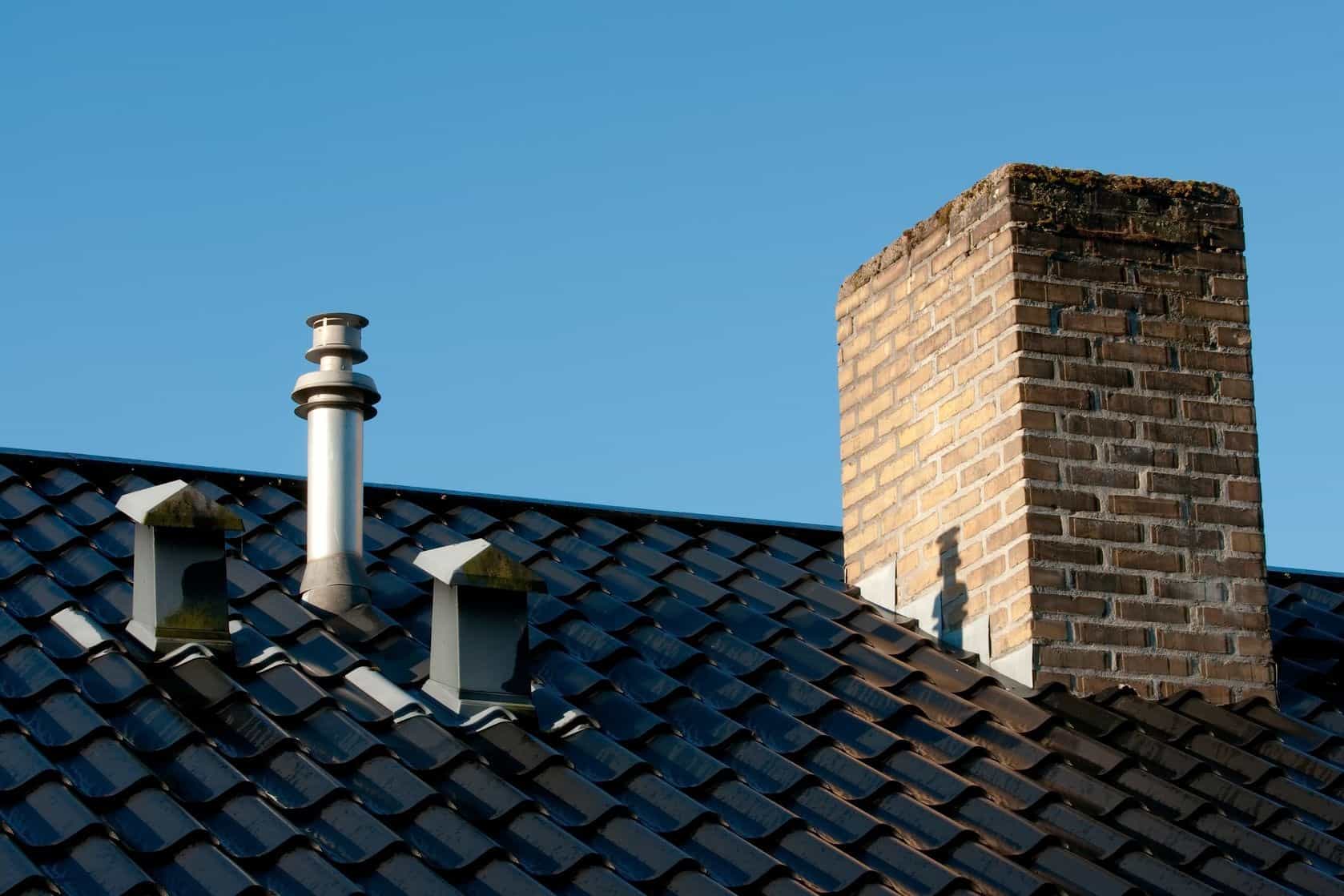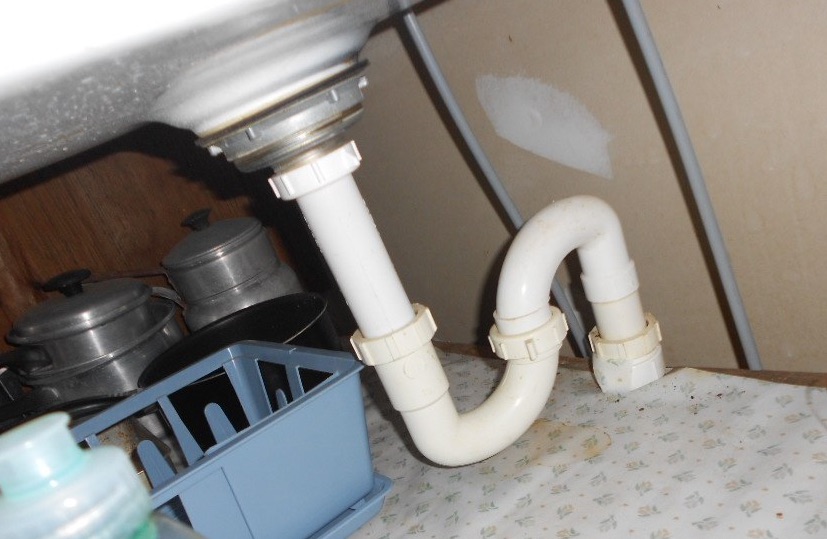Key Advantages for Correct Ventilation in Plumbing Systems
Key Advantages for Correct Ventilation in Plumbing Systems
Blog Article
Everyone has got his or her own opinions on the subject of What Are Plumbing Vents and Why Are They Important?.

Appropriate air flow in plumbing systems is commonly neglected, yet it is critical for maintaining the performance and safety and security of your home's plumbing. Air flow aids regulate air pressure, stop the build-up of hazardous gases, and make sure the reliable elimination of waste. In this guide, we will certainly check out the significance of appropriate pipes ventilation, just how it works, and the advantages it brings to your pipes system.
Understanding Ventilation in Pipes
Ventilation in plumbing describes the network of pipes that permit air to stream through the water drainage system. These vents offer multiple objectives, consisting of managing atmospheric pressure within the pipes, stopping sewer gases from entering the home, and assisting in the smooth circulation of wastewater.
Exactly How Ventilation Functions in Plumbing Systems
Atmospheric Pressure Policy
Proper air flow maintains well balanced air pressure within the pipes system. When water streams via pipelines, it displaces air. Without adequate air flow, this displacement can produce adverse pressure, leading to slow down drains pipes or siphoning of water from traps, which can trigger undesirable smells to seep into the home.
Avoiding Sewage System Gas Build-up
Among one of the most vital features of pipes vents is to stop sewer gases, such as methane and hydrogen sulfide, from accumulating within the home. These gases can pose severe wellness dangers and are extremely flammable. Vent pipes allow these gases to leave safely outdoors.
Aiding in Waste Elimination
Ventilation assists in the efficient elimination of wastewater by protecting against airlocks in the drain system. When air can move easily with the vents, it allows water and waste to flow efficiently with the pipes, decreasing the risk of clogs and back-ups.
Types of Plumbing Vents
Key Heap Vent
The main stack air vent, additionally called the vent stack, is the key vent in a plumbing system. It prolongs from the major drain align via the roofing system, enabling gases to escape and fresh air to go into the system.
Branch Vent
Branch vents connect to the major stack air vent and offer individual fixtures, such as sinks, commodes, and showers. These vents make sure that each component has adequate ventilation to function correctly.
Air Admission Valve (AAV).
An Air Admittance Valve (AAV) is a one-way valve that allows air to enter the plumbing system without the need for a standard vent pipe extending through the roofing system. AAVs are typically used in remodellings or areas where installing a standard air vent is unwise.
Signs of Poor Ventilation in Plumbing.
Slow Draining Fixtures.
If your sinks, tubs, or bathrooms are draining pipes slowly, maybe a sign of inadequate ventilation. Inadequate air circulation can create a vacuum cleaner effect, making it tough for water to drain pipes correctly.
Gurgling Appears.
Gurgling sounds originating from drains pipes are frequently an outcome of air being drawn through water traps because of unfavorable stress in the pipelines. This is a clear indicator of insufficient ventilation.
Unpleasant Odors.
Drain odors inside your home are a warning that your pipes system is not appropriately aerated. This can suggest that sewage system gases are not being properly vented outside, leading to potentially hazardous problems.
Usual Air Flow Errors.
Insufficient Vent Sizing.
Using small air vent pipes can result in poor air circulation and stress discrepancies in the system. It's vital to make use of vents that satisfy the particular demands of your pipes system.
Improper Vent Positioning.
Placing vents too far from the components they offer can minimize their effectiveness. Proper positioning makes certain that air can move freely and efficiently via the system.
Ignoring Code Needs.
Building regulations provide certain guidelines for plumbing air flow. Disregarding these codes can cause a system that fails to work appropriately and might lead to expensive fixings or carcinogen.
Benefits of Proper Ventilation.
Improved System Performance.
Effectively aerated pipes systems run more efficiently, with fewer clogs, faster draining, and less strain on the pipes. This efficiency extends the life expectancy of the plumbing system.
Improved Air High Quality.
By preventing sewer gases from entering your home, appropriate ventilation adds to better interior air high quality, making your living environment healthier and a lot more comfy.
Stopping Water Damages.
Sufficient air flow aids protect against water from being siphoned out of catches, which can bring about sewer gases getting in the home and creating water damages gradually.
Actions to Make Sure Appropriate Ventilation.
Consulting Pipes Codes.
Constantly get in touch with neighborhood plumbing codes when developing or modifying your pipes system. These codes give the required standards for proper venting and ensure your system meets security criteria.
Regular Evaluation and Upkeep.
Normal evaluations can assist recognize potential ventilation issues prior to they become major troubles. Maintenance tasks, such as cleaning air vent pipes and checking for clogs, are essential for maintaining the system in good working order.
Expert Installment.
For new setups or significant alterations, it's wise to hire a professional plumbing professional. They have the knowledge to guarantee the ventilation system is correctly developed and set up according to code.
Conclusion.
Proper air flow is a critical part of any kind of pipes system, making sure that it functions efficiently and securely. By comprehending the significance of air flow, acknowledging the signs of inadequate ventilation, and taking steps to preserve your system, you can avoid pricey problems and protect your home's air high quality.
4 Things You Should Know About Your Plumbing Vents
What Plumbing Vents Are
Also called a vent stack, a plumbing vent is a vertical pipe attached to your drain line that runs through your roof. The plumbing vent pipe, or plumbing air vent, removes gas and odors from your plumbing system and allows fresh air to enter the pipes, helping the water to flow out of the drain pipes.
What Plumbing Vents Do
Plumbing vents have two basic functions. One of which is to allow unpleasant smelling wastewater and sewer gasses to escape your plumbing system instead of entering your home. Plumbing vent pipes are typically located on roofs, away from windows, to ensure the fumes exit the home completely.
The other function of the plumbing vent is to move fresh air into your plumbing system. This helps move water through every plumbing fixture in your house, like toilets and sink drains. Think of the way in which you need to let a little air into the bottle as you pour soda in order to make the drink flow smoothly.
Different Types of Plumbing Vents
True vent: This is the most common vent option. In simplest terms, a true vent is a vertical pipe attached to your drain line that exits through the roof. They often function as the main vent that other fixtures can connect to. Re-vent pipe or auxiliary vent: Attached to the drain line near specific plumbing fixtures, re-vent pipes run up and over to connect to the main vent. Common vent: Two plumbing fixtures installed on opposite sides of a wall are typically tied into the vent stack using something known as a sanitary cross. Wet vent: This venting option operates as a drain pipe and a vent at the same time. Wet vent drainage systems drain water from one fixture while venting the air from another. Although they’ve been used for over 100 years, wet vent systems have only recently been added to the plumbing code in many areas. If you’re planning on installing one in a bathroom remodel, make sure you check your local code prior to construction. Loop vent: For free-standing fixtures like kitchen island sinks, loop vents are ideal. These vent pipes run under the floor, rise from the P-trap, and create a loop inside the cabinet sink. Air admittance valve: An AAV is a one-way mechanical valve typically installed at the site of the plumbing fixture. AAVs allow venting to occur without having to tie into a larger venting system. They’re ideal for venting fixtures where you aren’t able to easily connect to an existing vent system. Common Plumbing Vent Issues
Although vent pipes typically don’t have water flowing through them, they’re still subject to many typical plumbing issues. For example, clogs are one of the most common problems associated with sewer vent pipes. If your vent pipe gets clogged, all of your plumbing fixtures tied into the vent stack will be affected.
A sink with a slow drain that bubbles and gurgles or a strong sewage smell around your toilet are both indicators that your toilet vent pipe is clogged. Because most vent pipes exit through the roof, old leaves, twigs or even a bird’s nest could be clogging the pipe.
Clogs in your vent pipe system cause a buildup of negative pressure, meaning that water won’t be able to flow out of your home very well. It’s similar to putting your finger over the opening of a straw to trap water inside. When you remove your finger, the water is able to flow out of the straw.
If you suspect you have any blockage in your vent, make sure you have a professional come examine the situation. Left unchecked, a blocked air vent can lead to other costly repairs, like leaks and sediment buildup.
Under Pressure
Pipe vents are essential aspects of a home’s plumbing system. Owning a home means learning about all sorts of things you never put much thought into before. But by understanding as much as you can about the important systems of your home, you can keep those budgets intact and those anxiety levels low.
https://www.homeserve.com/en-us/blog/home-improvement/plumbing-vents/

Do you appreciate reading up on What Is A Plumbing Vent & How Do They Work?? Make a short review down the page. We will be glad to hear your opinion about this post. We hope that you come back again in the near future. Are you aware of someone else who is very much interested in the subject? Be sure promote it. Thanks a bunch for being here. Return soon.
Call Today Report this page